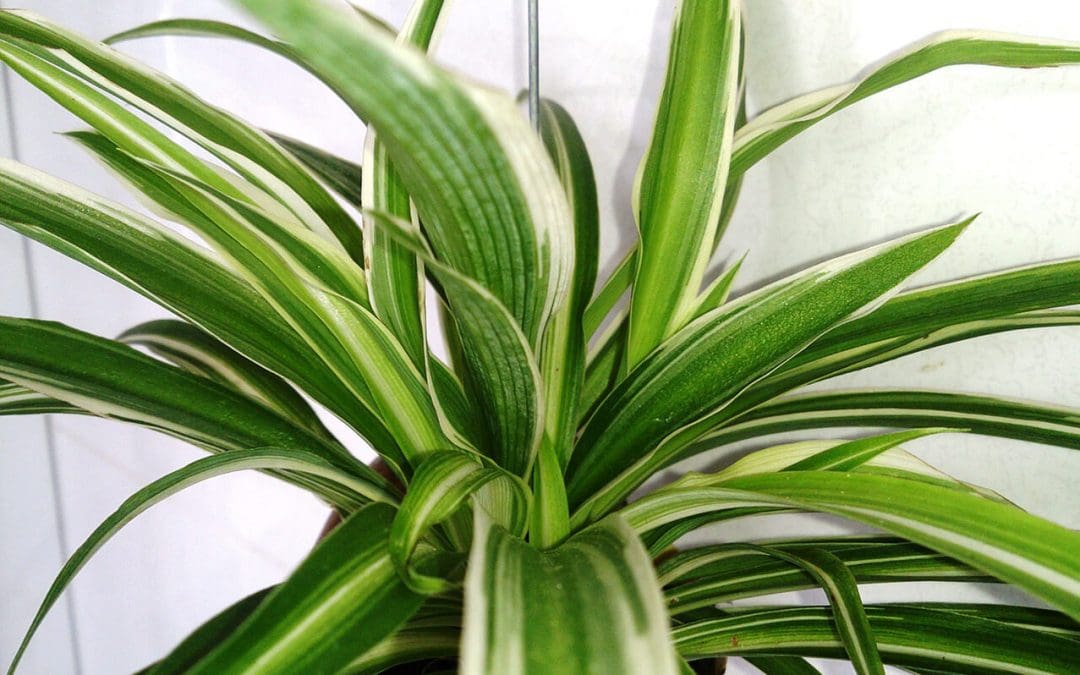In the hustle of modern life, it’s not easy to find time to improve your home decor. Yet, adding some greenery indoors works wonders for the ambiance. For those with packed schedules or little gardening know-how, opting for low-maintenance houseplants is a practical solution. These plants are easy to care for and purify the air, making them perfect additions to your home.
The Benefits of Greenery Indoors
Before delving into low-maintenance houseplants, let’s explore the benefits of incorporating greenery into our indoor spaces.
- Improved Air Quality: Houseplants act as natural air purifiers, absorbing toxins and releasing oxygen. This can help reduce indoor air pollution, leading to better respiratory health and overall well-being.
- Stress Reduction: Studies have shown that spending time around plants can lower stress levels and promote relaxation. The presence of greenery indoors creates a calming environment.
- Enhanced Aesthetics: Houseplants add a touch of natural beauty to any space, instantly brightening up rooms and bringing them to life. Whether cascading from shelves or standing tall in corners, plants transform the atmosphere of a room.
- Increased Productivity: Research suggests that having plants in the workplace can boost productivity and concentration. Bringing this concept into our homes can help create a more conducive environment for work or study.
Options for Low-Maintenance Houseplants
While the benefits of indoor greenery are undeniable, not everyone has the time or expertise to care for high-maintenance plants. Thankfully, a vast array of low-maintenance houseplants thrive with minimal attention. Here are some popular options:
- Snake Plant (Sansevieria): Renowned for its resilience, the snake plant can survive in low light conditions and requires minimal watering. Its striking, sword-shaped leaves add a touch of elegance to any room.
- ZZ Plant (Zamioculcas zamiifolia): The ZZ plant is virtually indestructible, thriving in low light and tolerating irregular watering. Its glossy, dark green foliage adds a modern touch to interior spaces.
- Pothos (Epipremnum aureum): Pothos is a versatile and forgiving plant that can thrive in various lighting conditions, from bright indirect light to low light. It’s perfect for beginners and can be trained to trail or climb.
- Spider Plant (Chlorophytum comosum): With its arching foliage adorned with tiny spiderettes, this plant is a favorite among beginners. Spider plants are adaptable to different light levels and are excellent air purifiers.
- Peace Lily (Spathiphyllum): Peace lilies are known for their elegant white blooms and their ability to thrive in low light. They also have excellent air-purifying properties, making them a popular choice for indoor spaces.
Tips for Caring for Low-Maintenance Houseplants
While low-maintenance houseplants are designed to be fuss-free, a little care goes a long way in ensuring their health and vitality. Here are some essential tips:
- Watering: Only water when the soil is dry to the touch, as overwatering is detrimental to most houseplants.
- Lighting: Place plants in appropriate lighting conditions according to their preferences. While low-light plants can tolerate dimmer environments, they still need indirect sunlight.
- Potting Mix: Use well-draining potting mix to prevent waterlogging, which can lead to root rot.
- Pruning: Regularly remove dead or yellowing leaves to encourage healthy growth and maintain aesthetics.
- Fertilizing: Feed plants a balanced fertilizer during the growing season to promote lush foliage and blooms.
Incorporating low-maintenance houseplants into our living spaces is a simple yet effective way to enhance our surroundings and promote well-being. With their resilience and minimal care requirements, these botanical companions bring the beauty of nature indoors, even for those with busy schedules.
Houseplant Care FAQs
What are some signs that my houseplant is unhealthy, and how can I address them?
Yellowing or browning leaves, wilting, or stunted growth can indicate various issues such as overwatering, underwatering, nutrient deficiencies, or pests. Identifying the specific problem can help you address it appropriately, whether it’s adjusting watering habits, repotting, or treating for pests.
How can I prevent pests from infesting my houseplants?
Regularly inspect your plants for signs of pests like aphids, mealybugs, or spider mites. You can also quarantine new plants before introducing them to your collection to prevent spreading any potential infestations.
What’s the best way to ensure proper drainage for my houseplants?
Ensure your pots have drainage holes, and use a well-draining potting mix. This helps prevent water from pooling at the bottom of the pot, which can lead to root rot.
How do I fertilize my houseplants, and how often should I do it?
Use a balanced fertilizer formulated for houseplants, and follow the instructions on the label. Typically, fertilizing once a month during the growing season (spring and summer) is sufficient, while reducing or stopping fertilization in the winter when growth slows down.
Five Stars Home Inspection provides inspection services to homebuyers and sellers in the Greater Boston area. Contact us to schedule an appointment.

